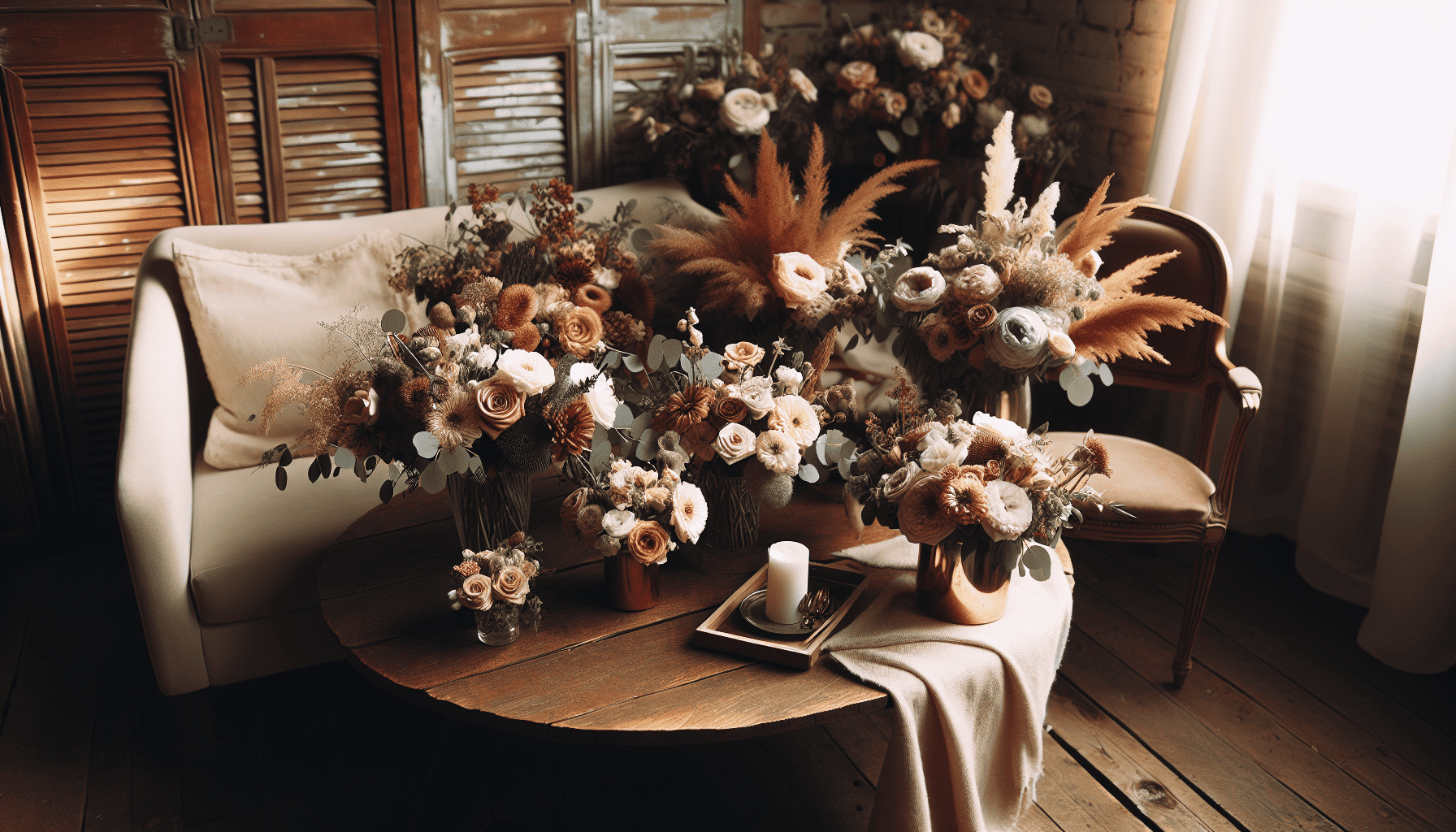When it comes to expressing emotions and conveying greetings, few gestures carry as much weight as a thoughtfully selected bouquet. Flowers have a universal language, capable of expressing love, sympathy, joy, and admiration without uttering a single word. However, selecting the perfect bouquet involves more than just picking a bunch of blooms. It’s an art that requires understanding the significance of each flower and how they come together to convey a specific message.
Here are some expert tips from Green Bouquets 24 on how to choose flowers that perfectly capture your sentiments.
Understand the Occasion
The first step in selecting a bouquet is understanding the occasion you’re celebrating. Whether it's a birthday, anniversary, graduation, or a simple gesture of appreciation, different flowers are appropriate for different events. For instance, roses are synonymous with romance, lilies convey sympathy, and sunflowers radiate happiness and joy. By aligning the flowers with the occasion, you ensure that your bouquet is both appropriate and meaningful.
Know the Recipient’s Preferences
While the occasion is important, the recipient’s personal preferences should also guide your selection. Take note of their favorite colors or specific flowers they love. If you are unaware of their preferences, opt for a classic combination of popular flowers like roses, tulips, or daisies which are generally well-received. Tailoring the bouquet to the recipient’s tastes adds a personalized touch that shows thoughtfulness and consideration.
Consider the Color Palette
The colors in a bouquet evoke different emotions and set the tone for your message. Red flowers, especially roses, symbolize love and passion. Yellow signifies friendship and positivity, while white represents purity and innocence. For a balanced and harmonious arrangement, consider complementing primary colors with softer hues and greens, which serve as a refreshing backdrop.
Choose a Theme or Style
Bouquets can vary in style—from traditional and elegant to contemporary and rustic. Varying blooms can evoke different aesthetics, so choose a theme that matches the recipient’s personality or the tone of your message. For someone with a modern style, a minimalist arrangement with unusual flowers might be ideal. Conversely, an ornate and lush bouquet might suit a recipient with a penchant for traditional beauty.
Pay Attention to Flower Meanings
Floriography, the language of flowers, highlights the significance of different types of blooms. For instance, red roses express deep love, while pink roses convey admiration and gratitude. Orchids symbolize exotic beauty and strength, while chrysanthemums are a symbol of loyalty and devotion. By selecting flowers with meanings aligned to your message, you enhance the emotional impact of your bouquet.
Opt for Seasonal Blooms
Incorporating seasonal flowers into your bouquet not only provides a fresh and vibrant appearance but also often affords a cost-effective solution. Seasonal blooms tend to be more readily available and sustainable, adding an eco-friendly touch to your gift. Additionally, seasonal flowers encapsulate the essence of the time of year, making your bouquet feel timely and thoughtful.
Final Touches
Once you’ve selected the flowers, it’s time to bring everything together. Consider embellishments such as ribbons, decorative foliage, or unique vases that enhance the overall presentation of your bouquet. These small additions can elevate the arrangement, adding a personal touch that signifies attention to detail.
Creating a perfect bouquet is more than an expression of aesthetic appeal; it’s an intimate and personal gift that speaks to the heart. By taking the time to understand the symbolism and personal preferences involved, you assure that your floral gift delivers the right message with elegance and grace. Whether it's celebrating love, friendship, or remembrance, the right bouquet makes all the difference.
